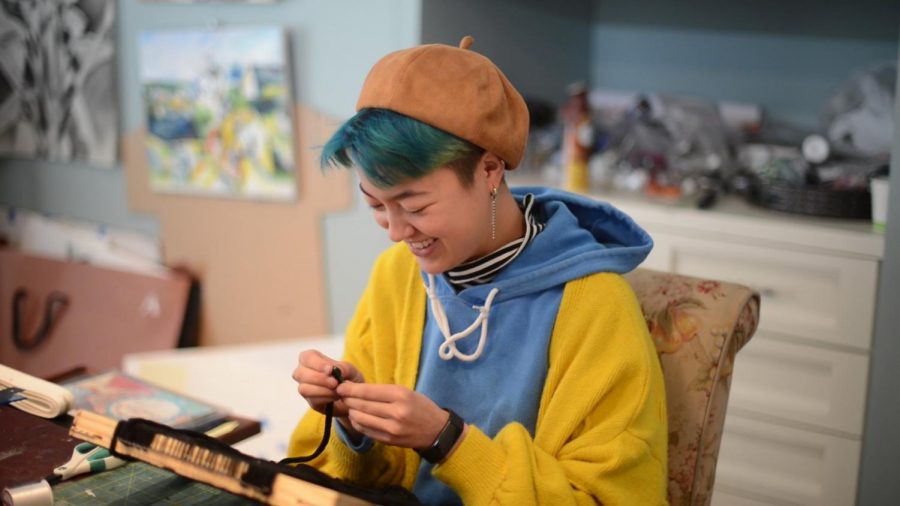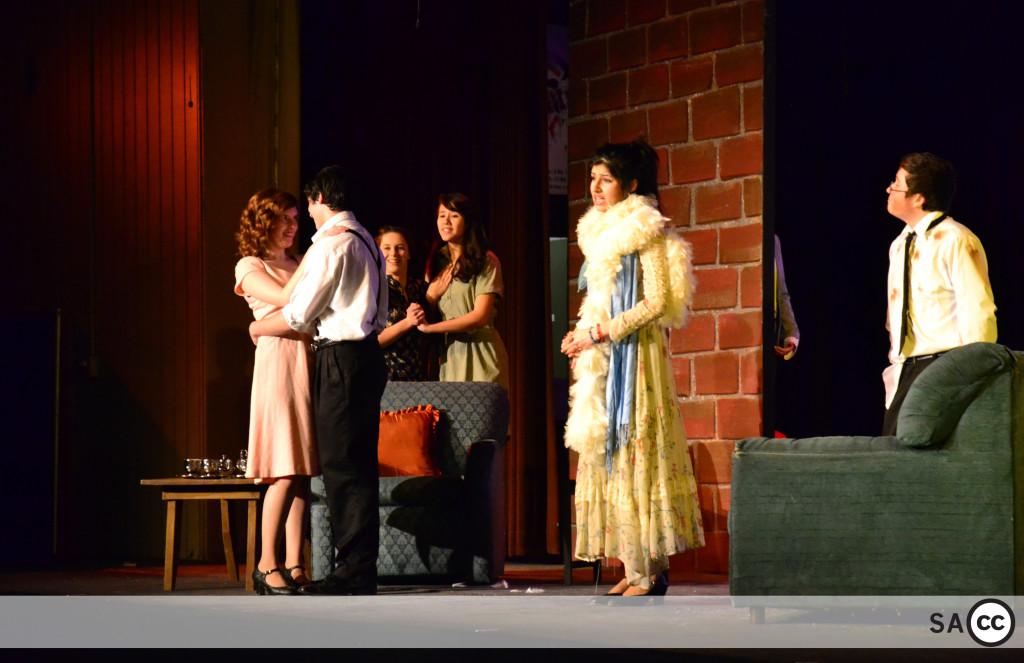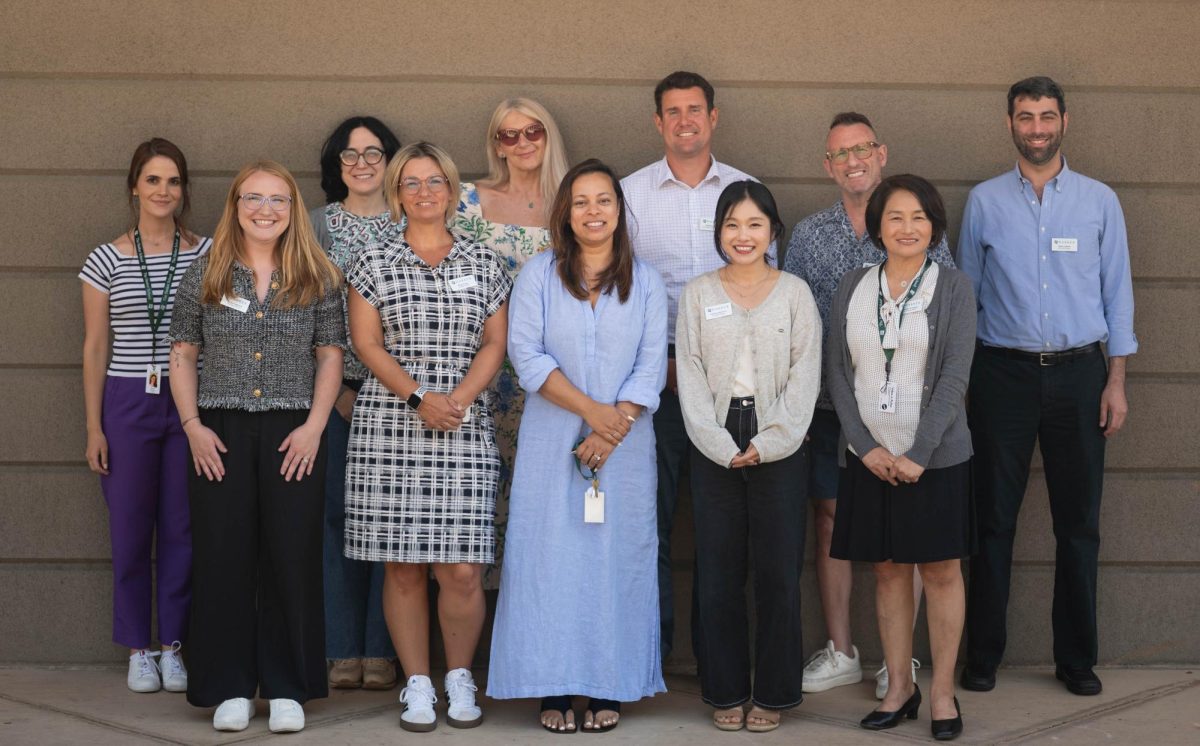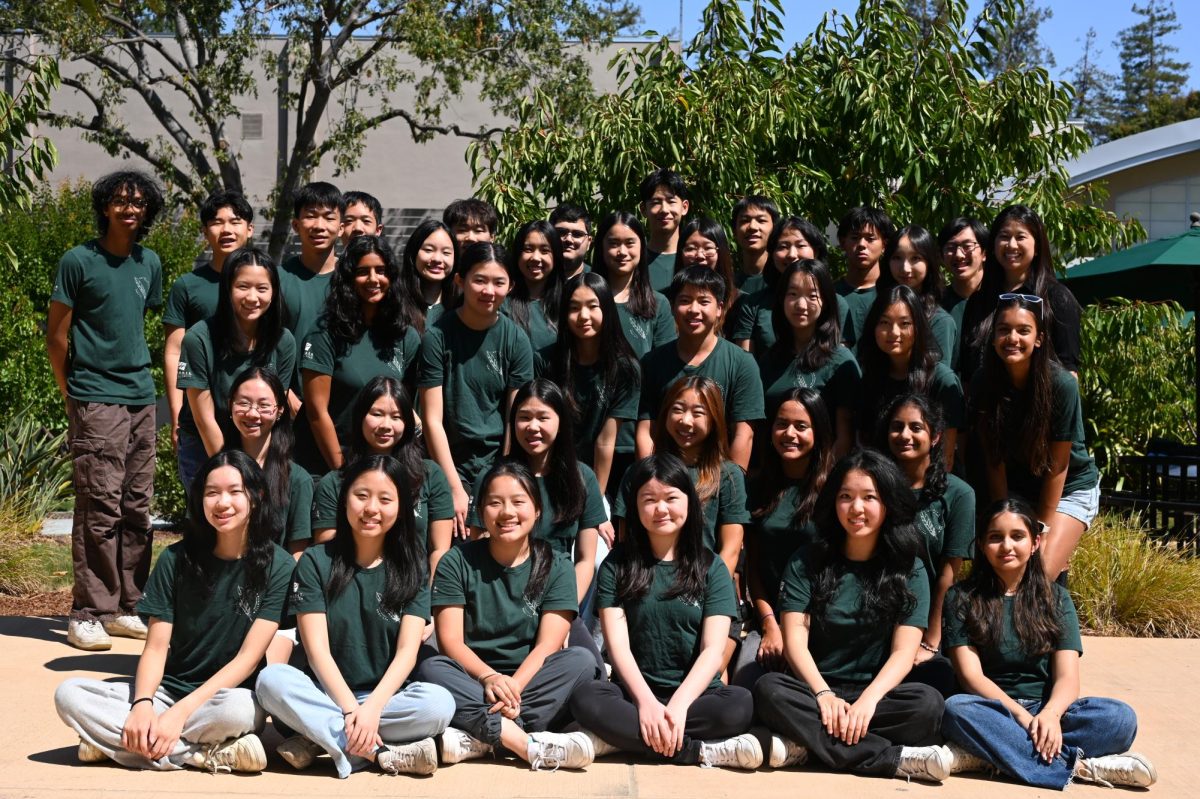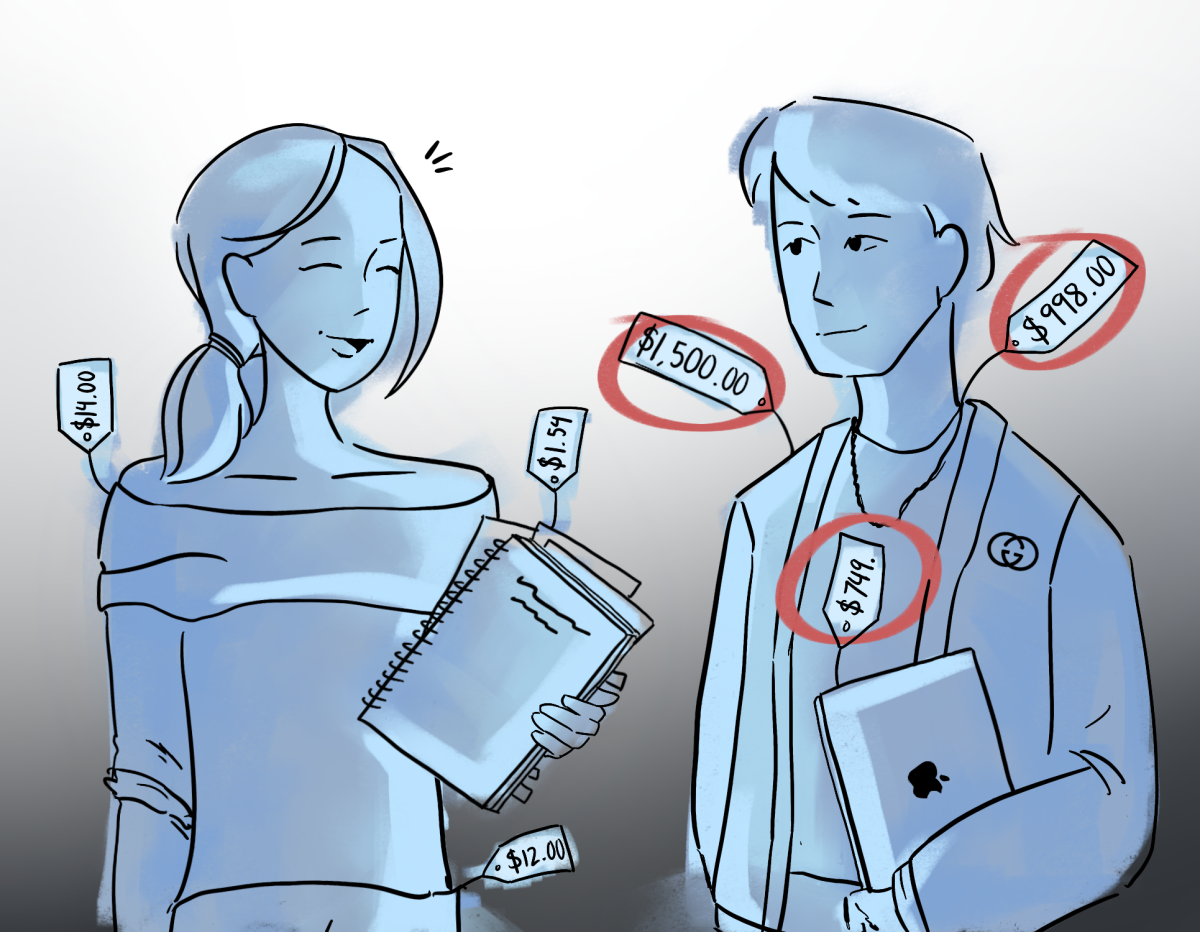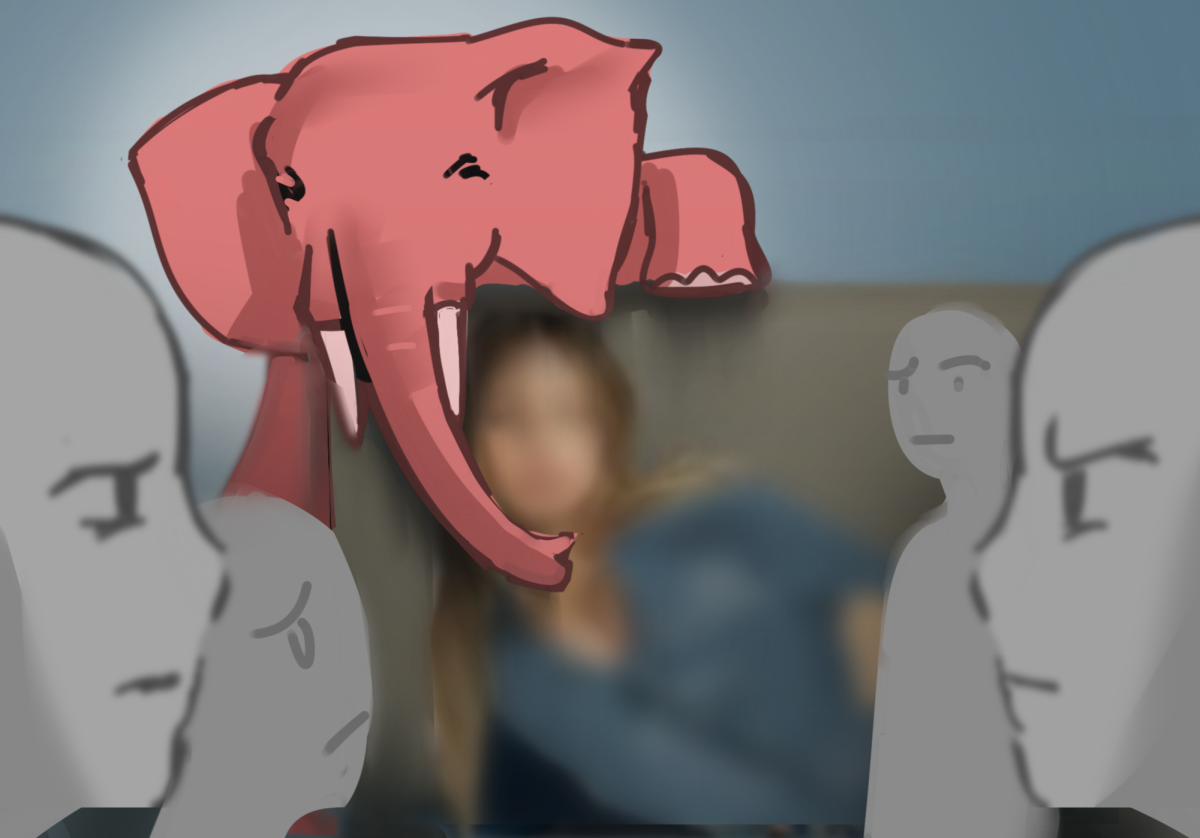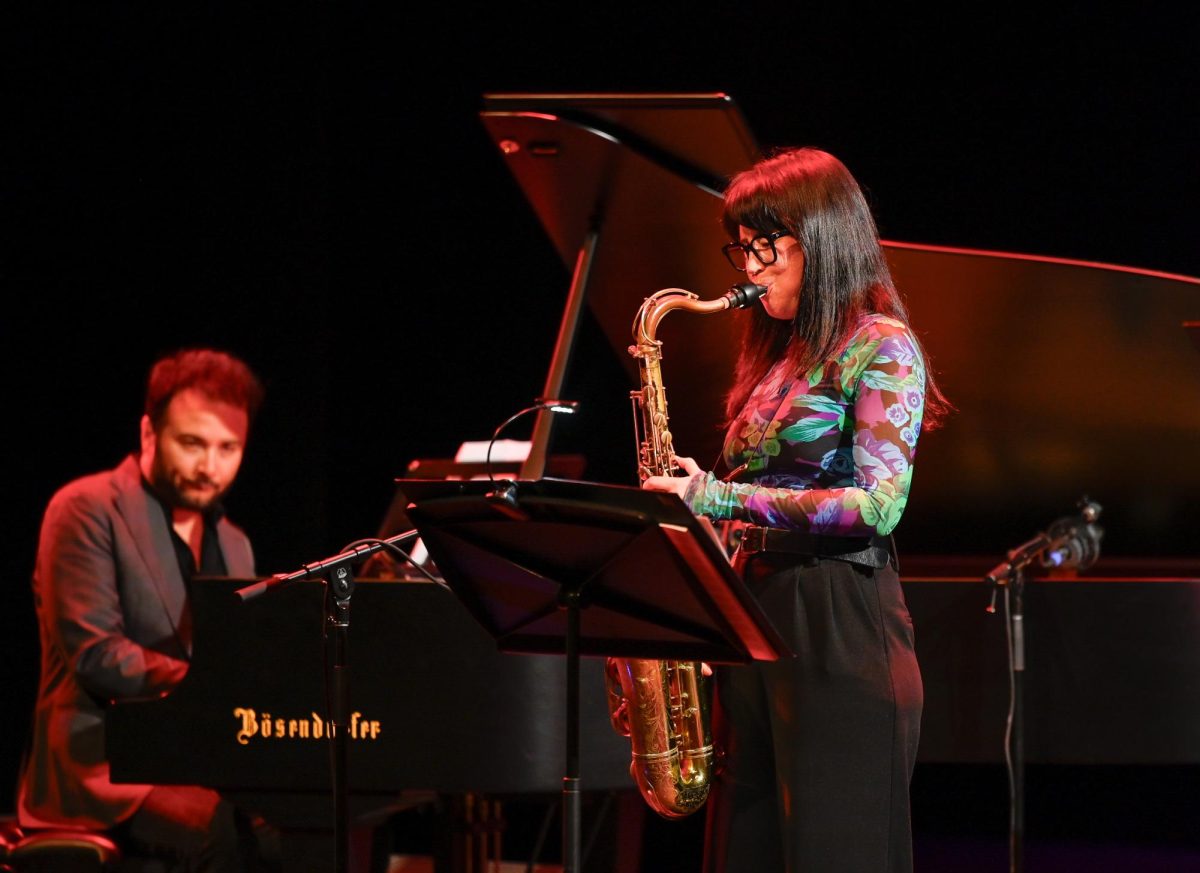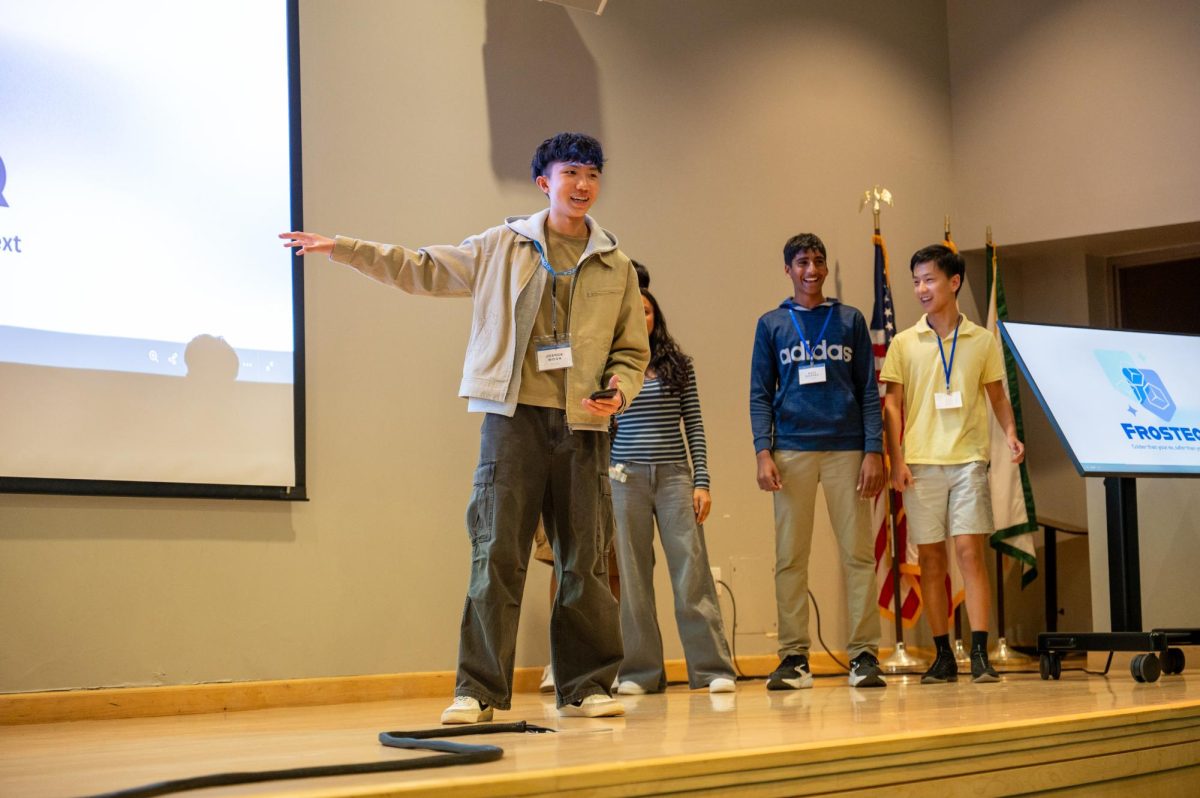“What should we hit ‘em with: the motive, or a long discourse on the ninja of feudal Japan and how they prepare blowfish?” Detective Woolrich asked the audience. “You decide.” The audience decided to hit them with the motive, leaving the rest of us to speculate about ninjas and blowfish.
On January 4 and 5, around 50 students vivified the 2013 Student Directed Showcase (SDS) plays – The Choice is Yours, The Shadow Box, DNA, and The Madwoman of Chaillot, directed by seniors Lori Berenberg, Cecilia Lang-Ree, Hannah Prutton, and Cristina Jerney, respectively. After more than two months of extensive work, the performances enthralled the crowd with a night full of drama, laughs, and even some audience participation.
SDS is a semester long class offered to qualified students who are chosen in the spring based on their experience in acting classes, fall plays, spring musicals, and other SDS shows as well as their leadership skills.
When choosing the four student directors from the list of candidates, Laura Lang-Ree, Performing Arts Department Chair, tries to get an idea of the applicant’s character.
“There’s some little quirk that directors have where we see pictures in our head, and we visualize things,” she said.
Once chosen, students immediately embark on the arduous process of staging their own show.
The energetic crowd thoroughly enjoyed Lori’s interpretation of a humorous, audience interactive murder mystery in which the viewers guided Detective Woolrich through the investigation involving the sudden death of an actor during rehearsal. As soon as she discovered the play, she knew that The Choice is Yours was the play for her.
“The moment that I read this play, […] I knew that it was gonna be the one,” Lori said. “It had everything that I wanted: it was really funny, it was really creative, […], and it was different.”
Detective Woolrich conducts his investigation by meeting all the actors, uncovering their possible motives, determining the poison which kills the victim (a substance derived from the gland of a blowfish, which happens to be a popular delicacy in Japan), and ultimately convicting the suspect. All with the help of the audience, of course.
“There’s a ‘killer monologue’ and whoever gets chosen says the monologue,” Lori said. “We’d practiced it with everybody to say it in their own way.”
Audience member Surya Solanki (9) thought the audience interaction made the play interesting.
“The Choice is Yours was definitely the funniest one,” she said.
On the other hand, The Shadow Box, Cecilia’s thought-provoking play, is a drama tracking the journey of three families’ acceptance of their loved one’s terminal illness and imminent death.
“This one really just stuck with me because of its message, because of how well-written it was, and because of the characters,” Cecilia said.
The play alternates between showing a scene with the members of the family interacting with each other, and a scene where a patient from a different family group converses with an unseen psychiatrist. The raw emotions expressed by the various patients reflect their journey through the stages of grief until the characters finally reach acceptance.
“I learned a lot about how to create a believable character effectively by thinking about objectives and what’s not clearly stated in the script and allowing that to shape my character,” said Aashika Balaji (9), who plays the wife of a dying man.
Hannah decided that she wanted a show that would make the audience think about their ethics if placed in a situation as precarious as the one a high school gang must face after they accidentally kill a student in a hazing incident gone awry.
“The majority of [DNA] is about them trying to recover from that situation and not be sent to jail and to get away with this accidental murder,” Hannah said.
Each character had a different solution to resolve the dangerous consequences of unintentionally killing a classmate. These ideas ranged from coming clean to the police to pinning the blame on an innocent postal worker. As the purpose of the play was to inspire the audience to deliberate on which path they would have chosen, all the actors had to exaggerate their character’s personalities so the audience would have a clear portrayal of the solutions.
“I think the most challenging aspect of the process was character development,” Anna Kendall (11) said. “It’s challenging in the sense that you have to be incredibly specific with your choices. I think the hardest part of creating my character, Bree, was figuring out Bree’s relationship to every other character and finding out how Bree felt with each of her interactions with other characters.”
Cristina’s play, The Madwoman of Chaillot, focuses on the increasingly decaying human nature: one that has become obsessed with obtaining money and less concerned with living life.
“It is about a crazy group of characters in a café who overhear an evil prospector and a president’s plan to dig up Paris because they think oil is under it and because of all the money they think they could make off of it,” she said. “And in one afternoon, the countess and her friends plot and effectively kill these evil people by sending them in a dark hole in her basement where no one comes out from.”
“It’s a comedy,” she clarified after a moment.
Justin Gerard (12), who plays the evil prospector, thought working with a classmate was more relaxed than putting on a production with an adult director.
“The process was generally less formal, though whenever we hit the stage or started up a scene, we snapped into our professional gear and gave it all we got,” Justin said. “I had been friends with the director already, so it was easy to talk to her as my character as the show progressed.”
Although SDS is over for this year, the spring musical Oklahoma! will soon take place in May.
The Students as Content Creators (SACC) project is an ongoing series of articles that relate the process of young people producing their own ideas in various areas of business, science, art, music, theater, and more. Some stories also examine potential conflicts that may arise due to ownership issues.
The SACC symbol used in this article is a derivative of the trademarked Creative Commons logo.

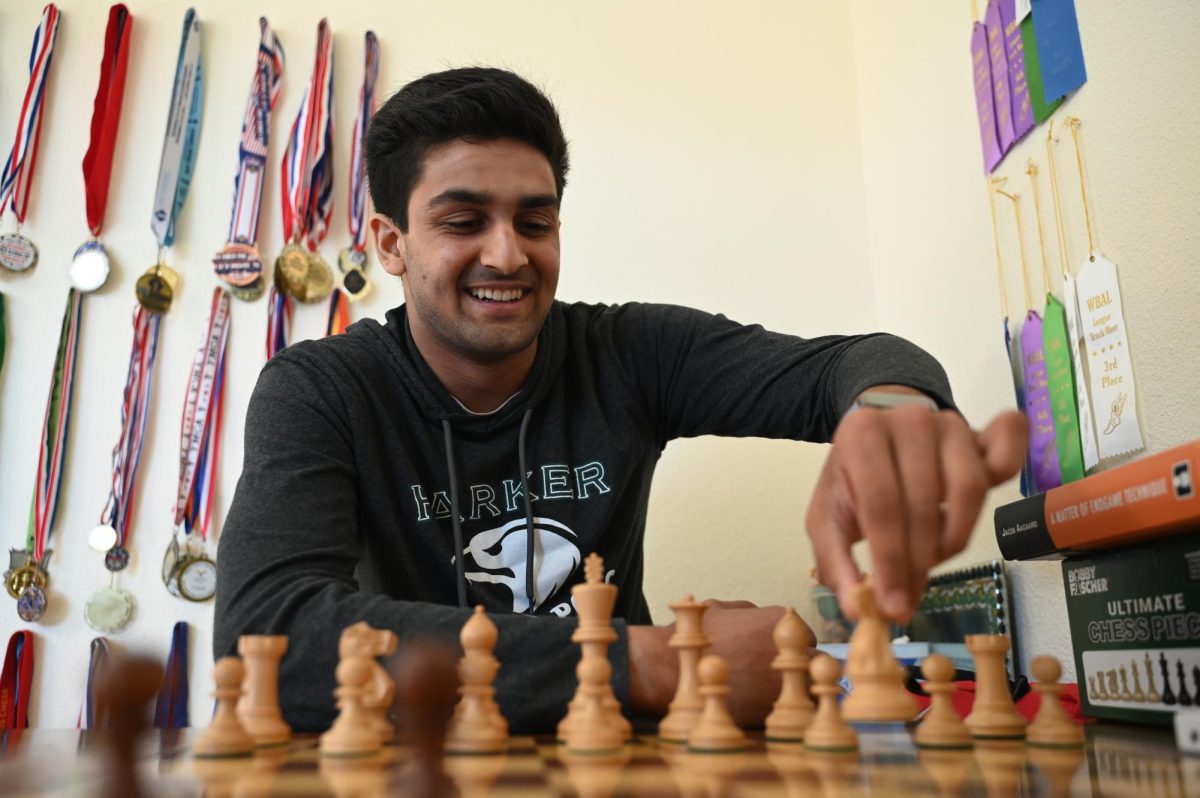
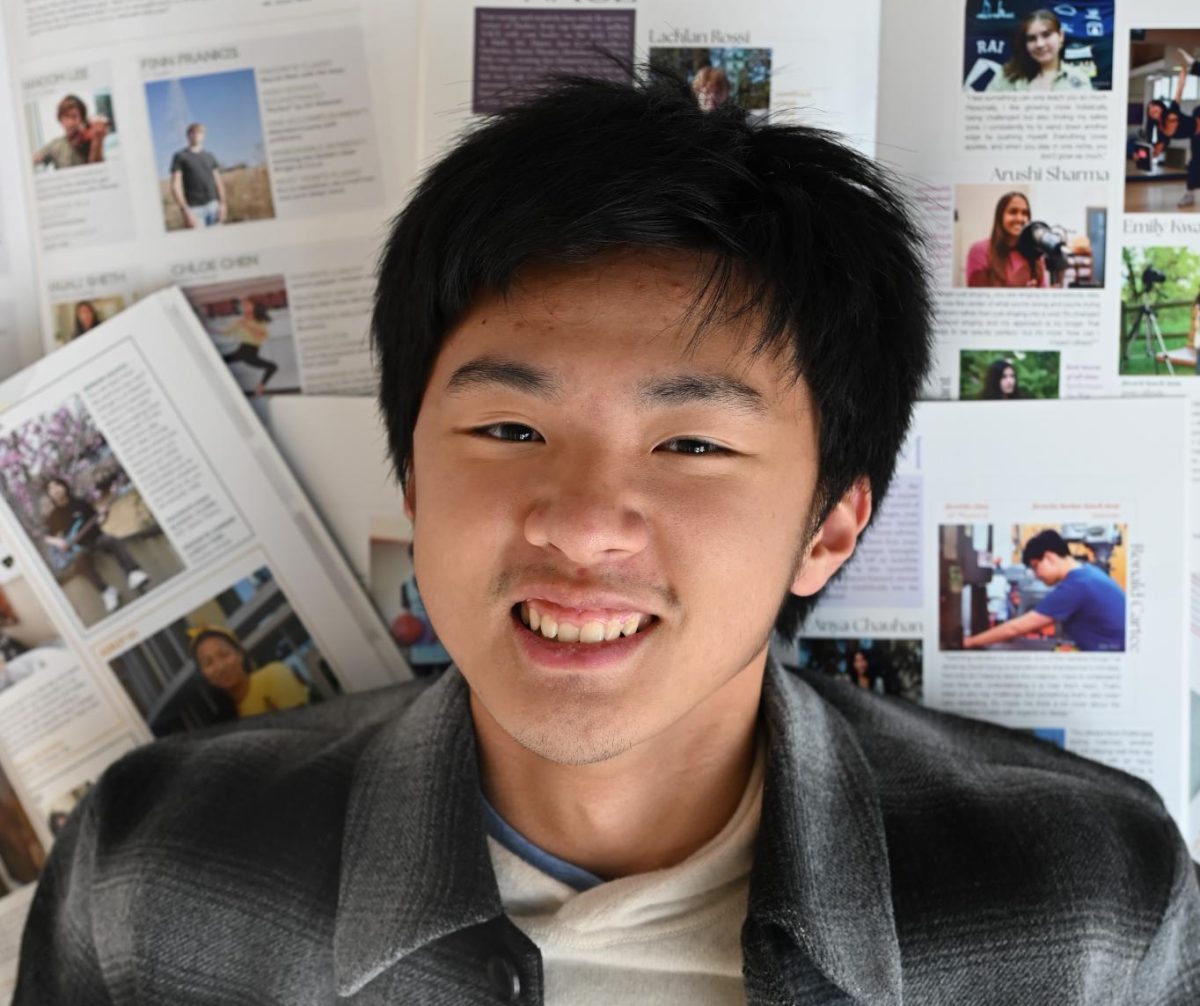

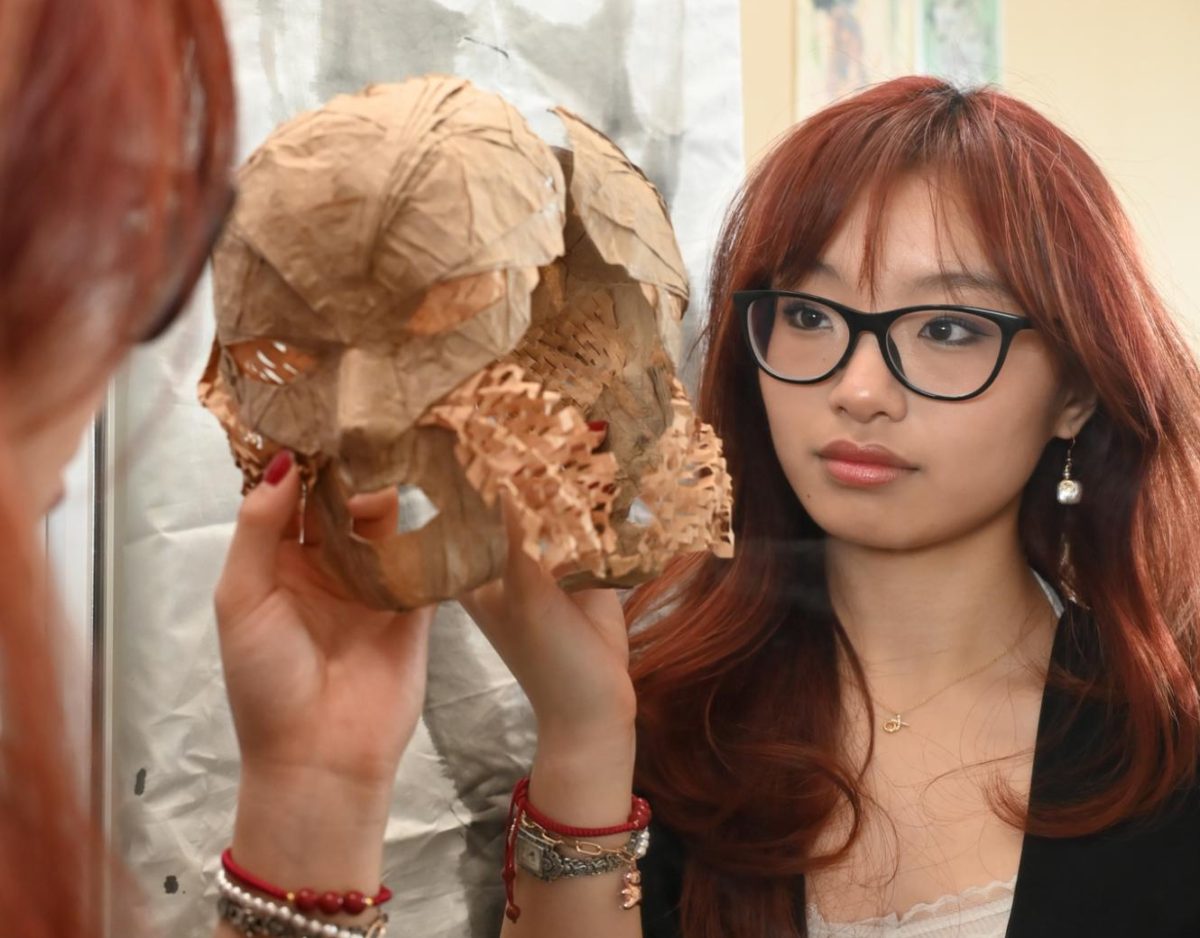
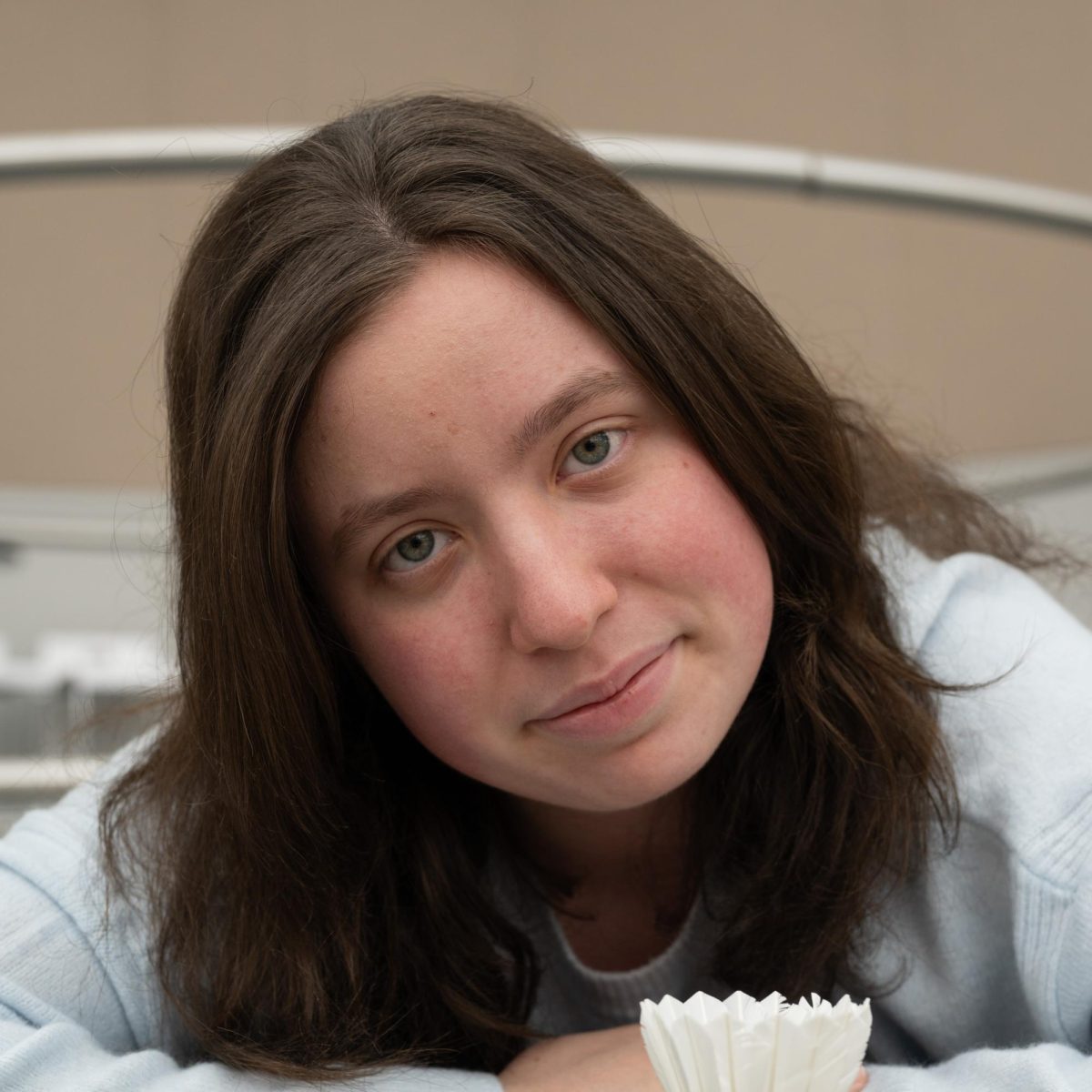
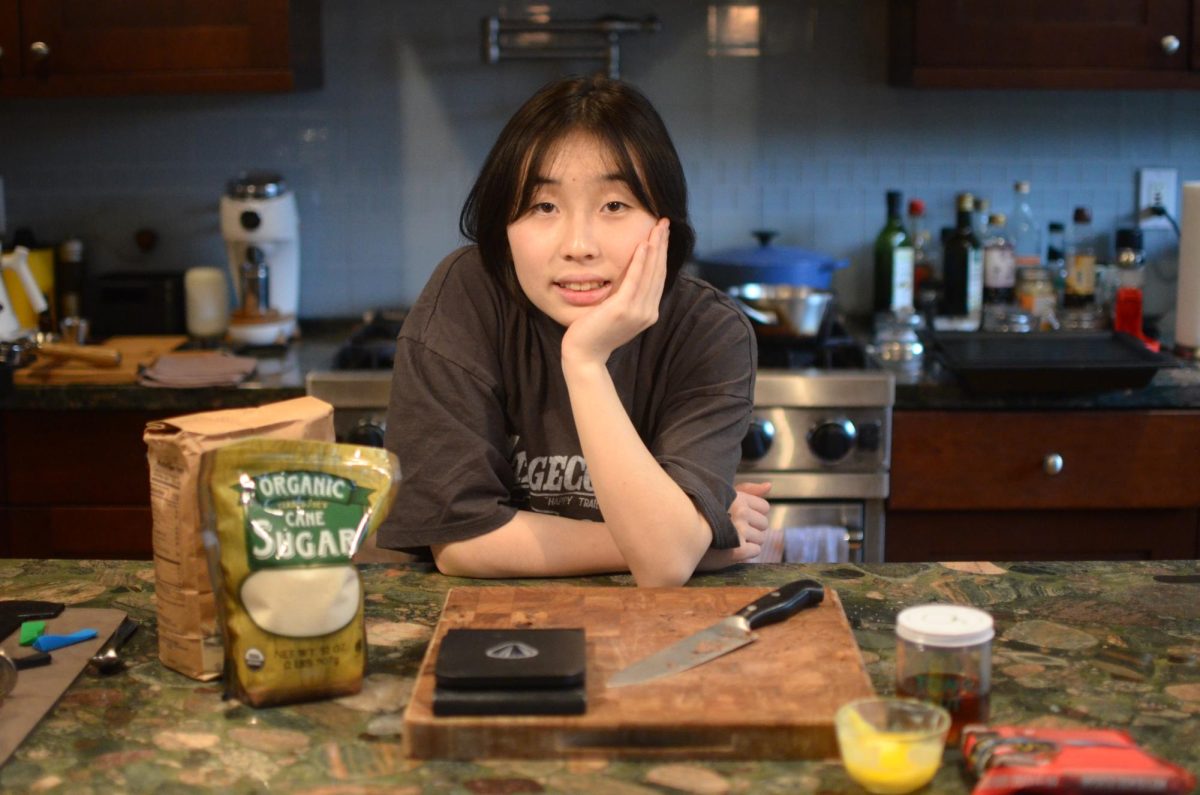


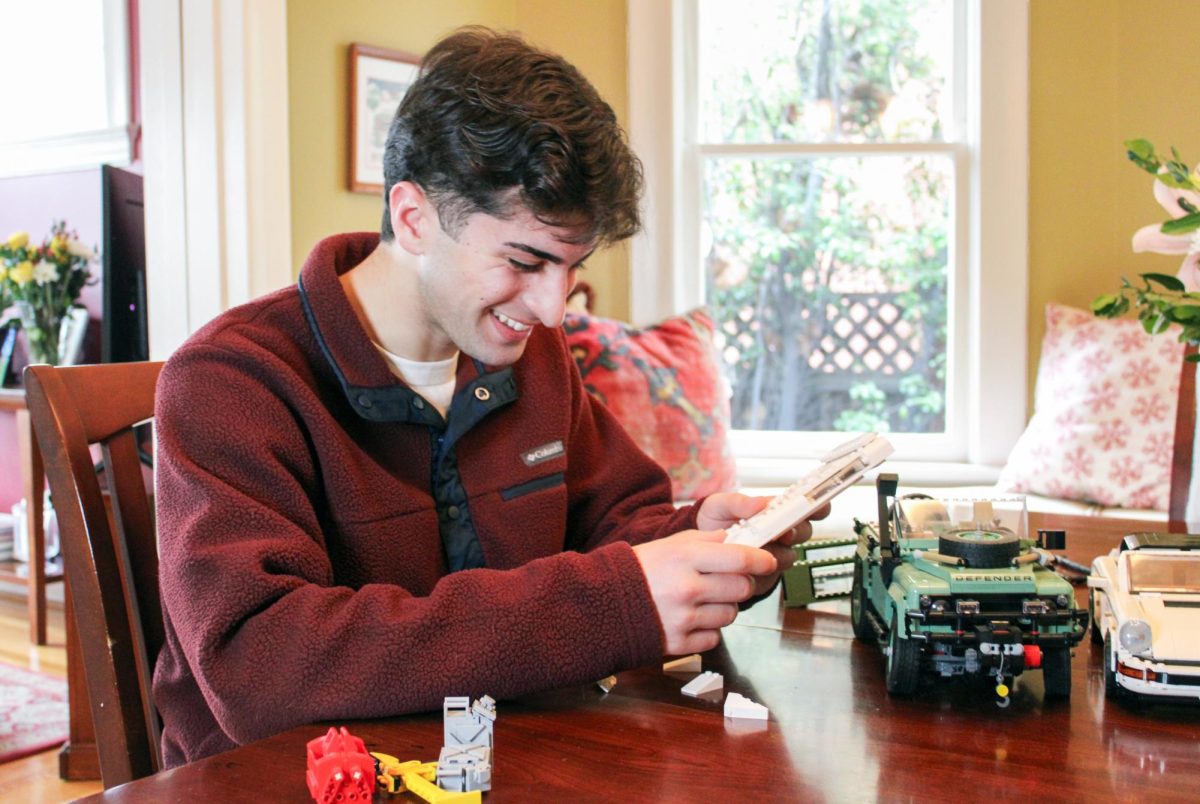


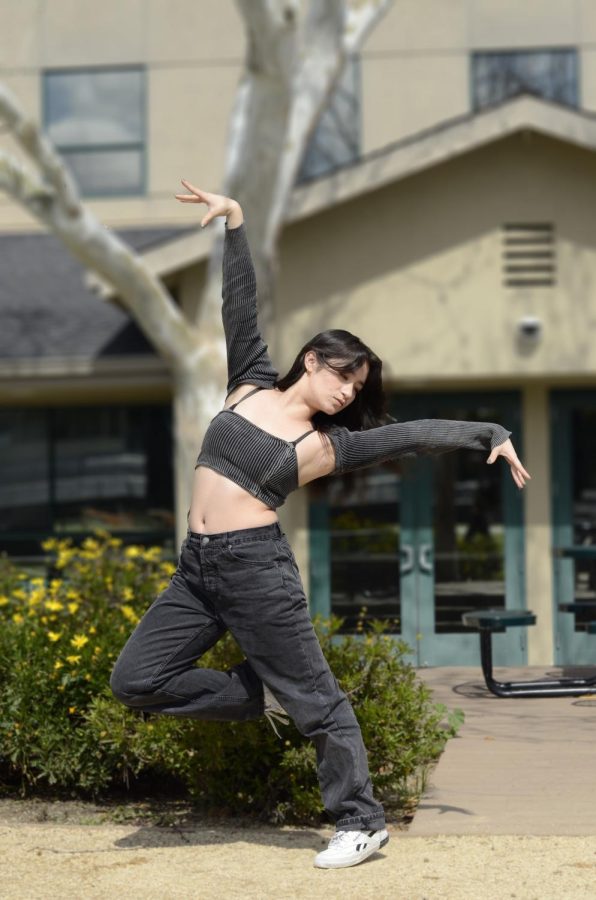
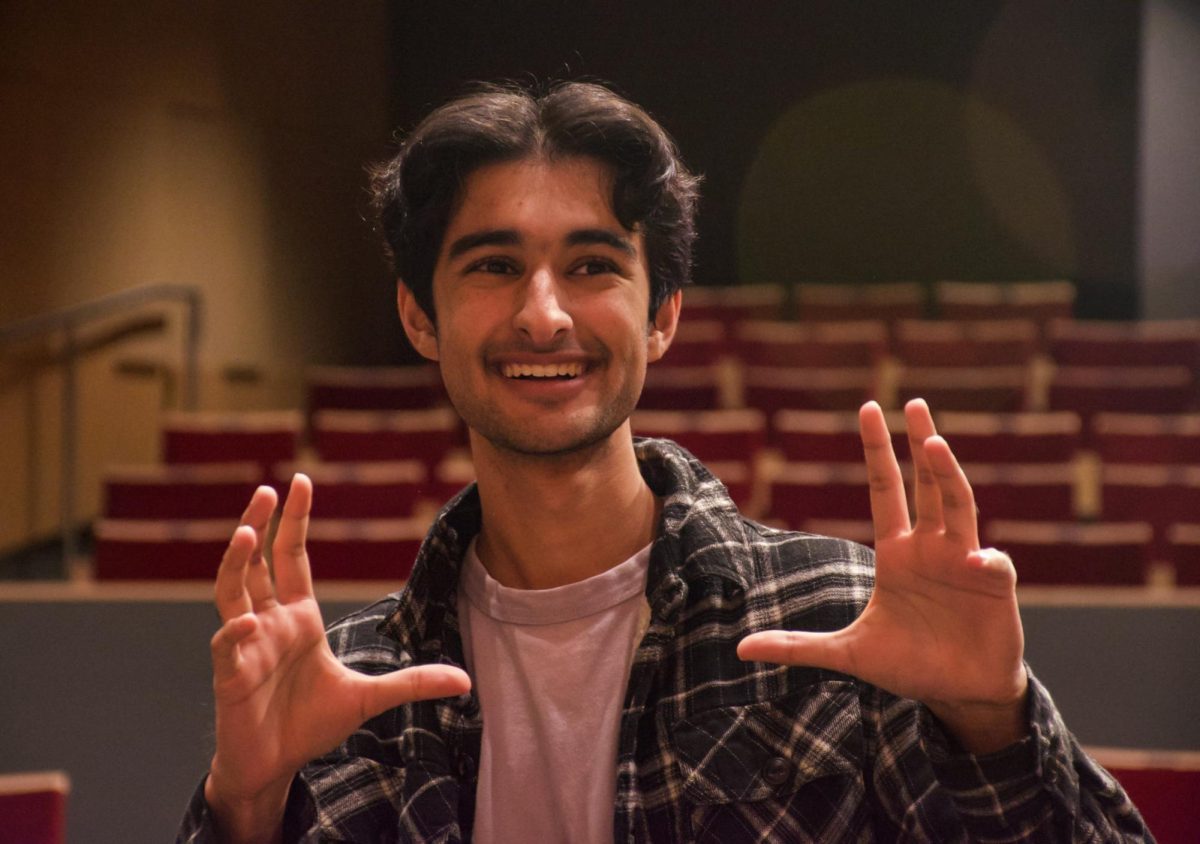
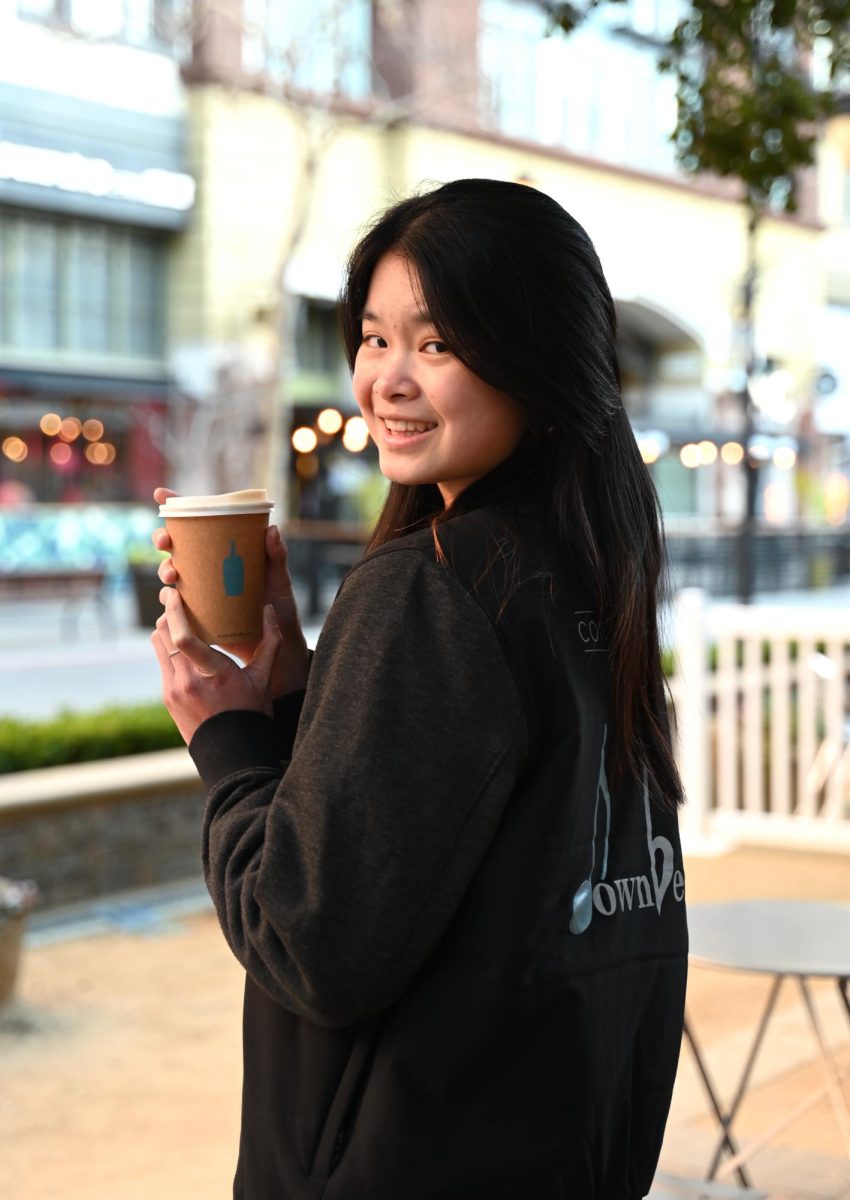
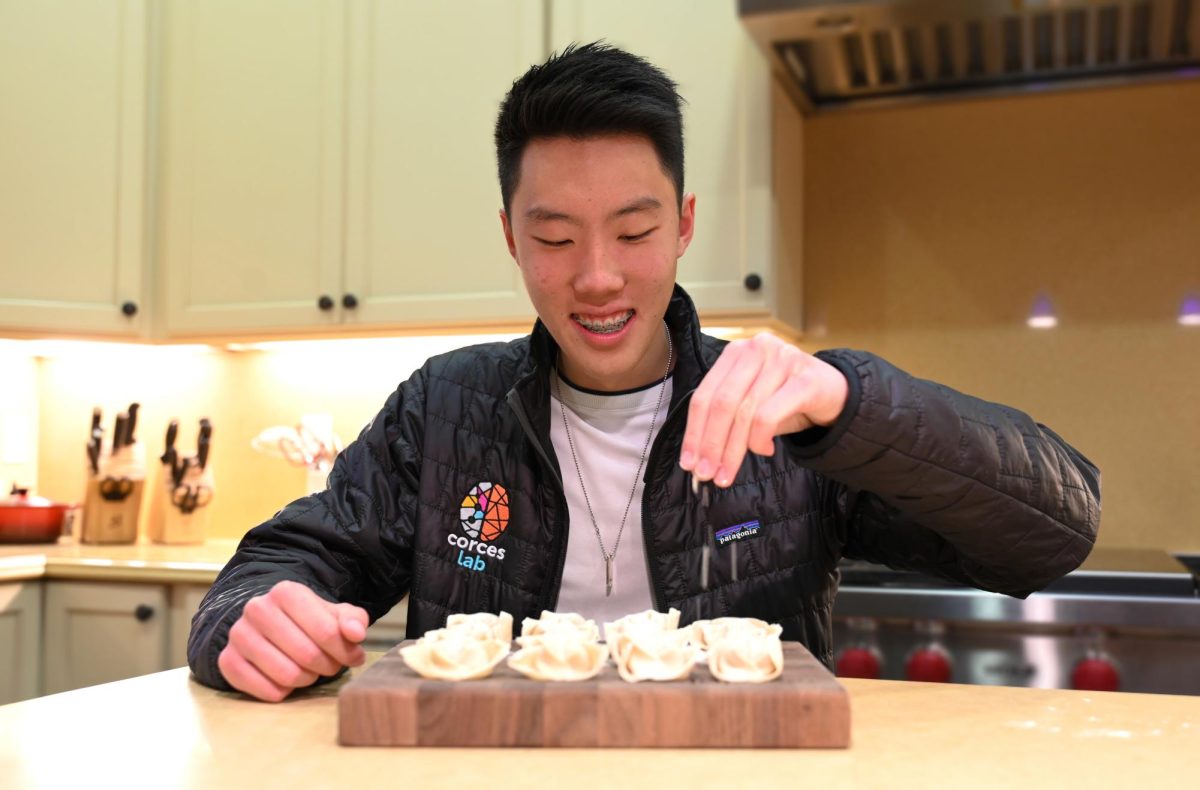

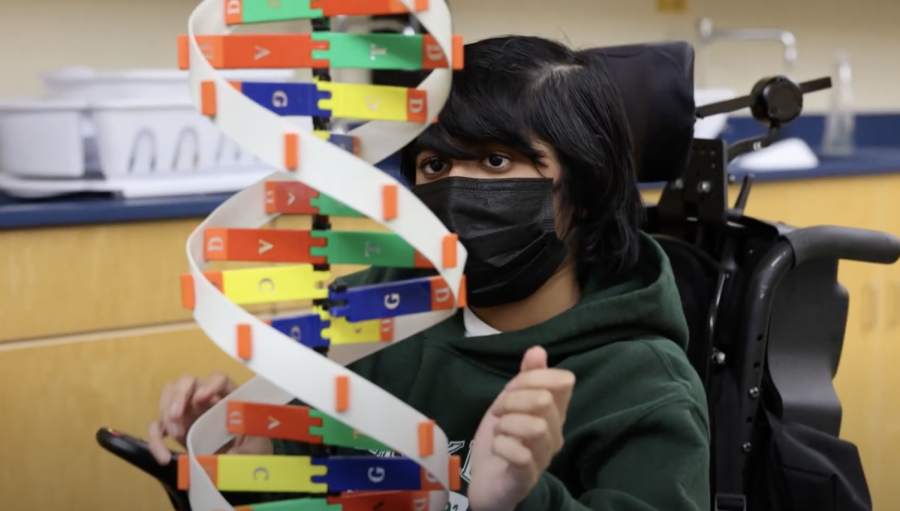
![“[Building nerf blasters] became this outlet of creativity for me that hasn't been matched by anything else. The process [of] making a build complete to your desire is such a painstakingly difficult process, but I've had to learn from [the skills needed from] soldering to proper painting. There's so many different options for everything, if you think about it, it exists. The best part is [that] if it doesn't exist, you can build it yourself," Ishaan Parate said.](https://harkeraquila.com/wp-content/uploads/2022/08/DSC_8149-900x604.jpg)
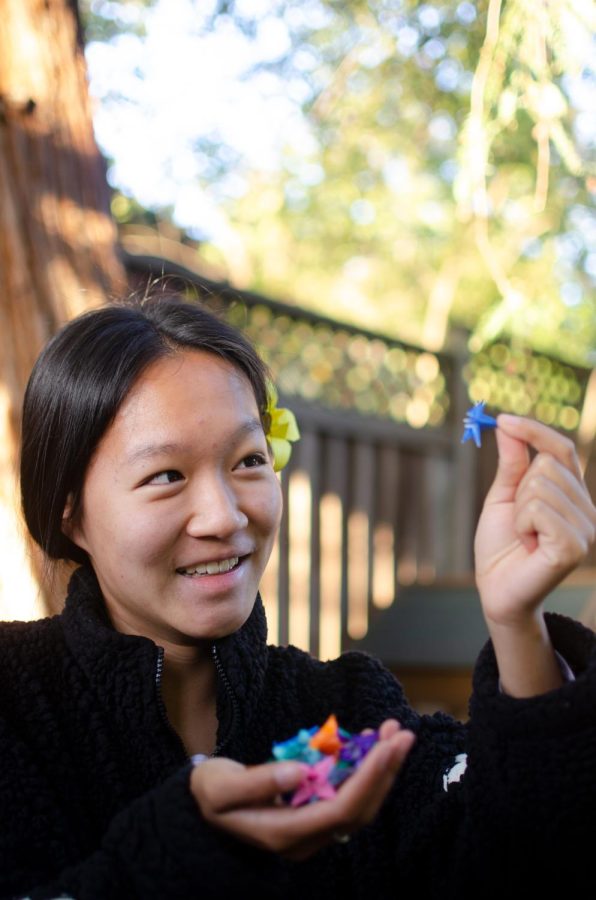


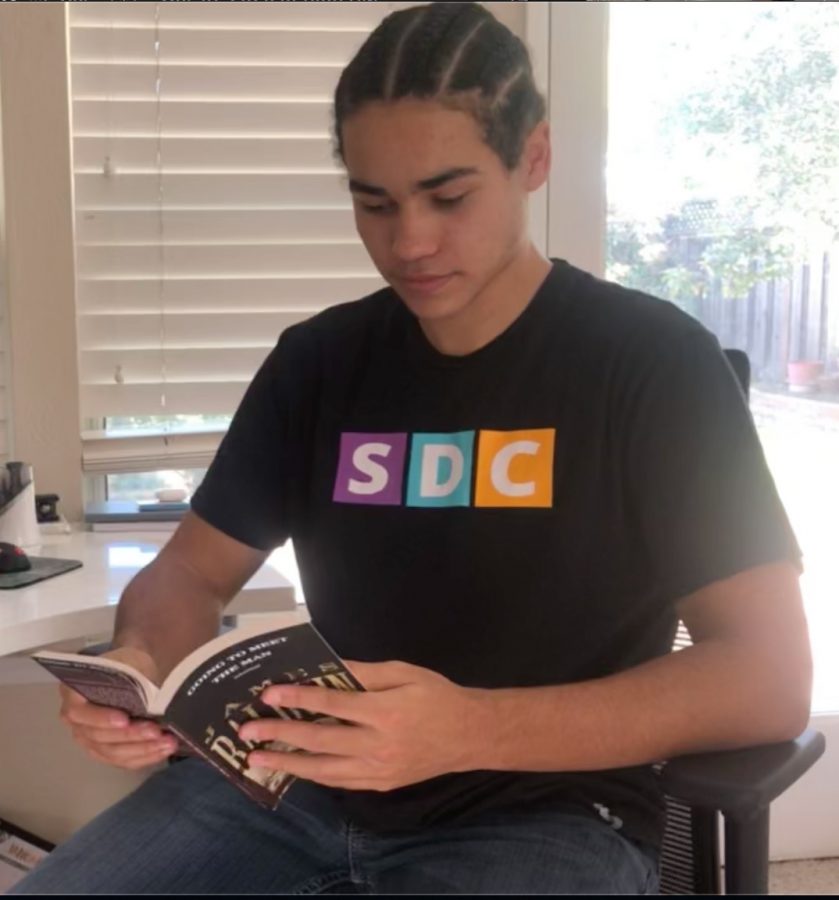
![“When I came into high school, I was ready to be a follower. But DECA was a game changer for me. It helped me overcome my fear of public speaking, and it's played such a major role in who I've become today. To be able to successfully lead a chapter of 150 students, an officer team and be one of the upperclassmen I once really admired is something I'm [really] proud of,” Anvitha Tummala ('21) said.](https://harkeraquila.com/wp-content/uploads/2021/07/Screen-Shot-2021-07-25-at-9.50.05-AM-900x594.png)
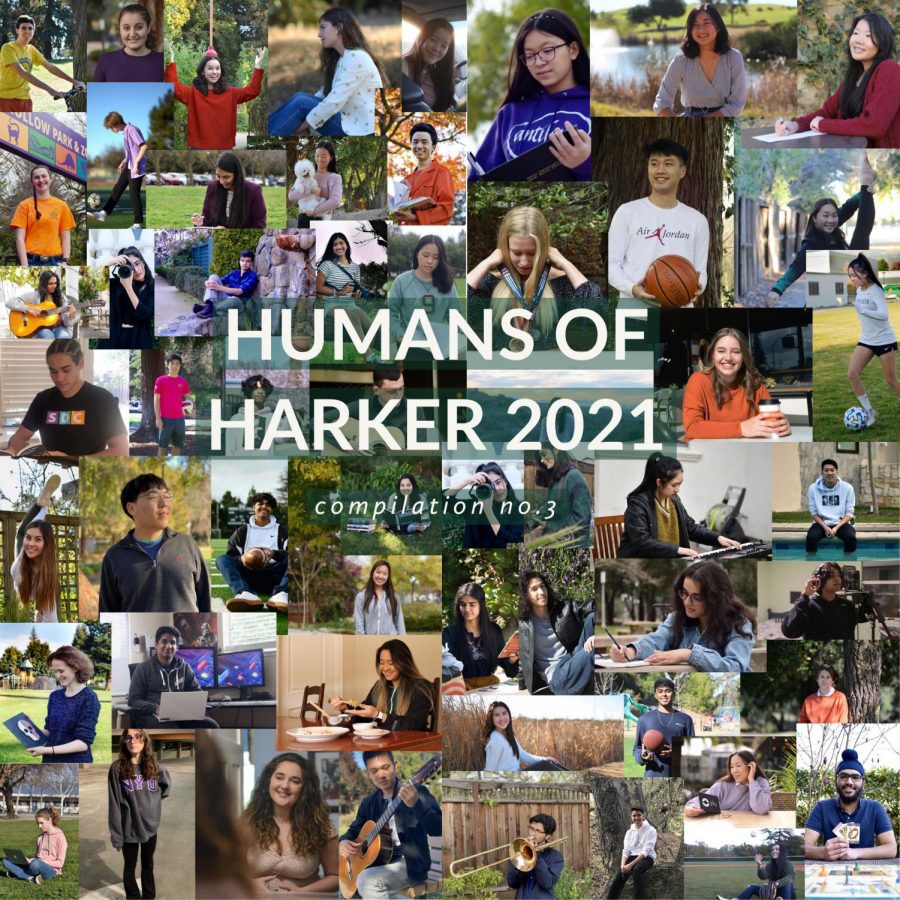
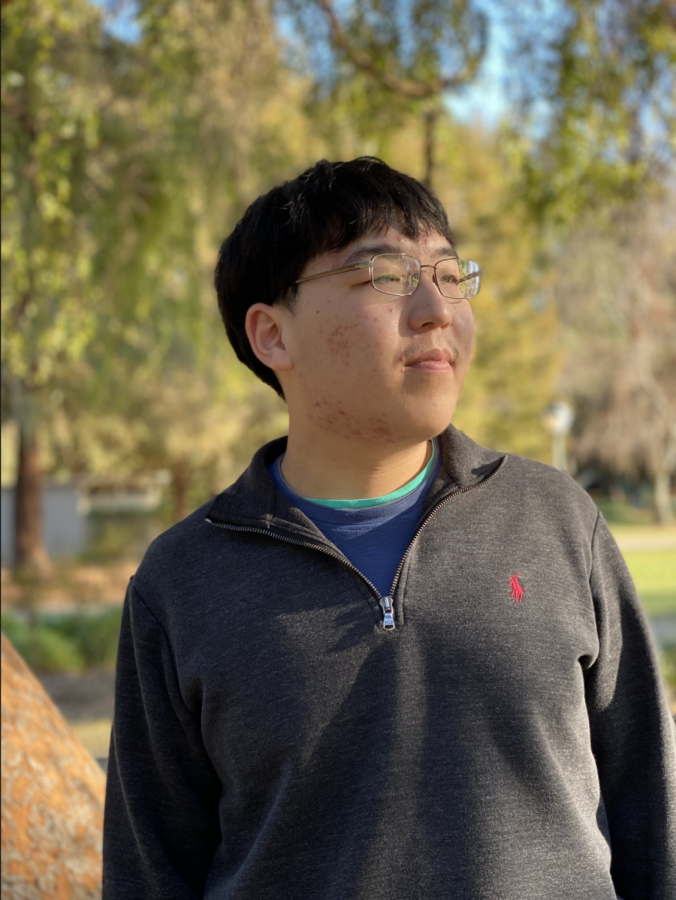

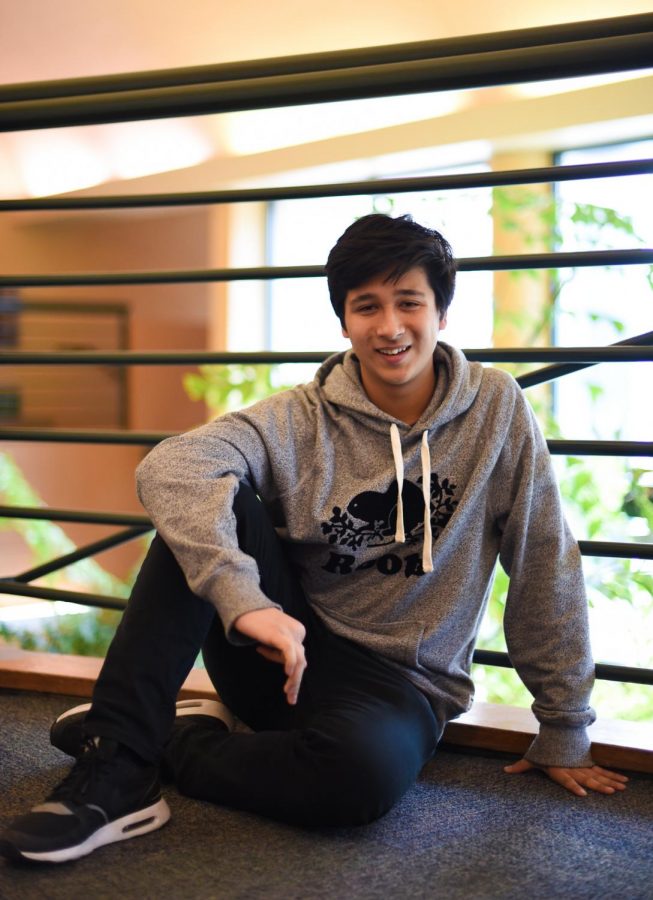
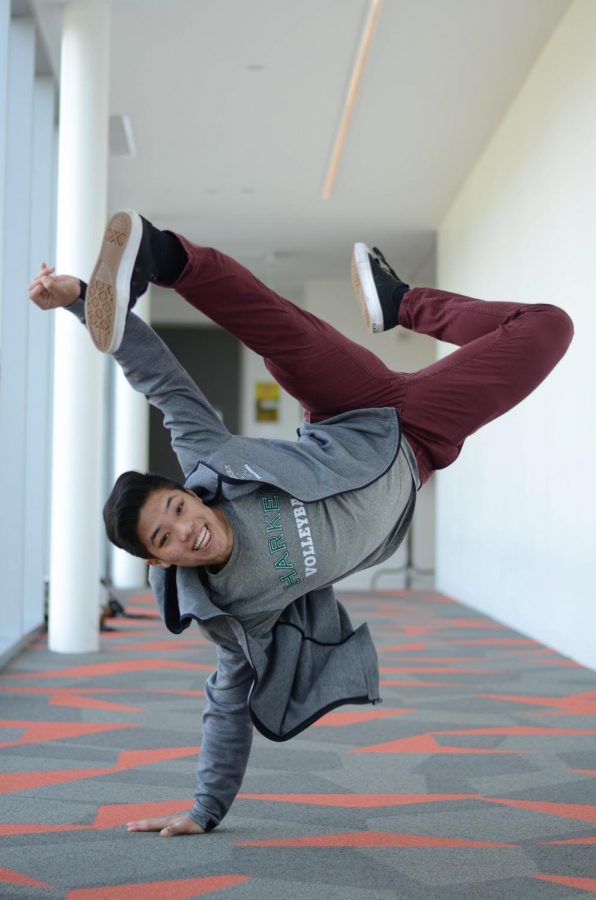

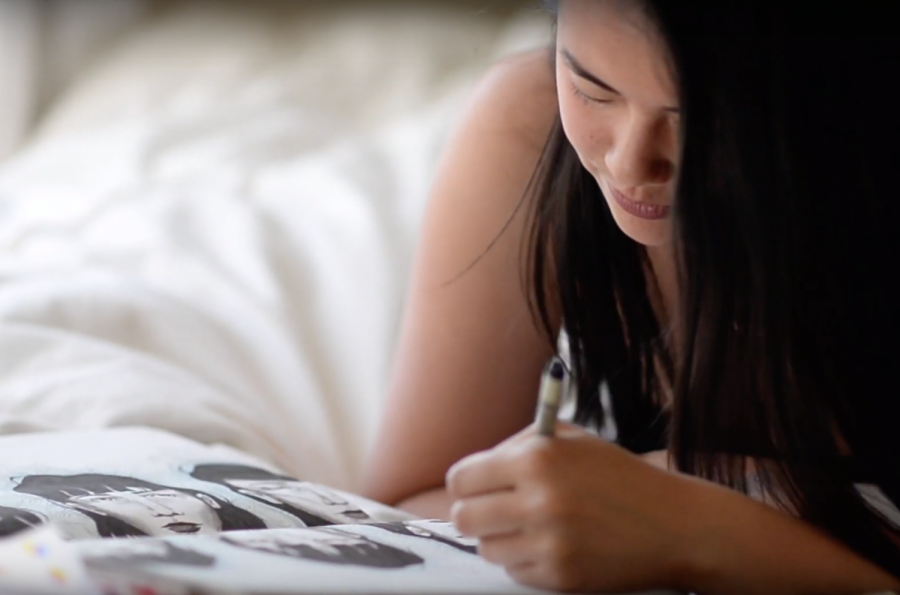
![“I think getting up in the morning and having a sense of purpose [is exciting]. I think without a certain amount of drive, life is kind of obsolete and mundane, and I think having that every single day is what makes each day unique and kind of makes life exciting,” Neymika Jain (12) said.](https://harkeraquila.com/wp-content/uploads/2017/06/Screen-Shot-2017-06-03-at-4.54.16-PM.png)



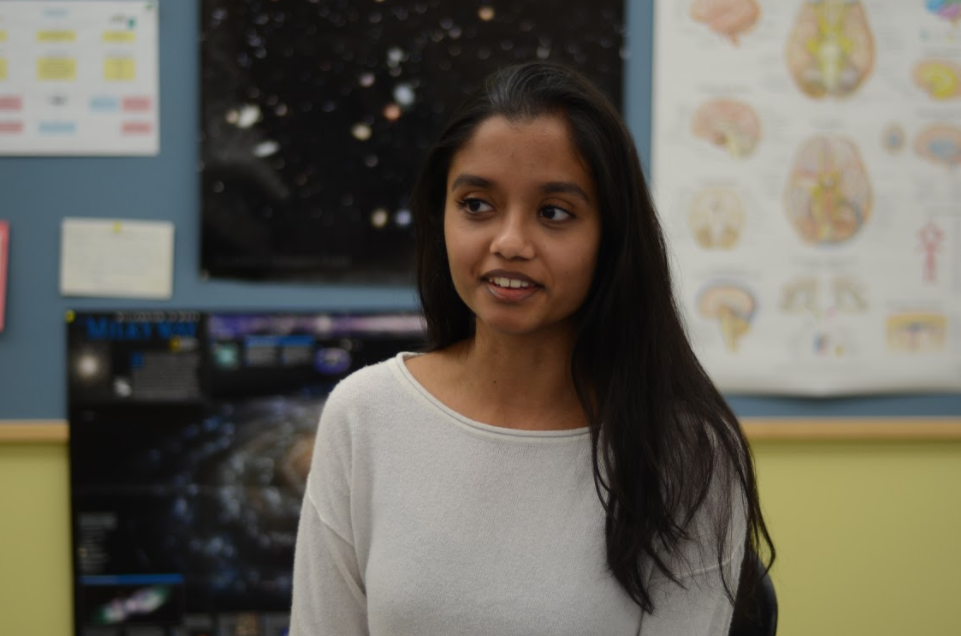
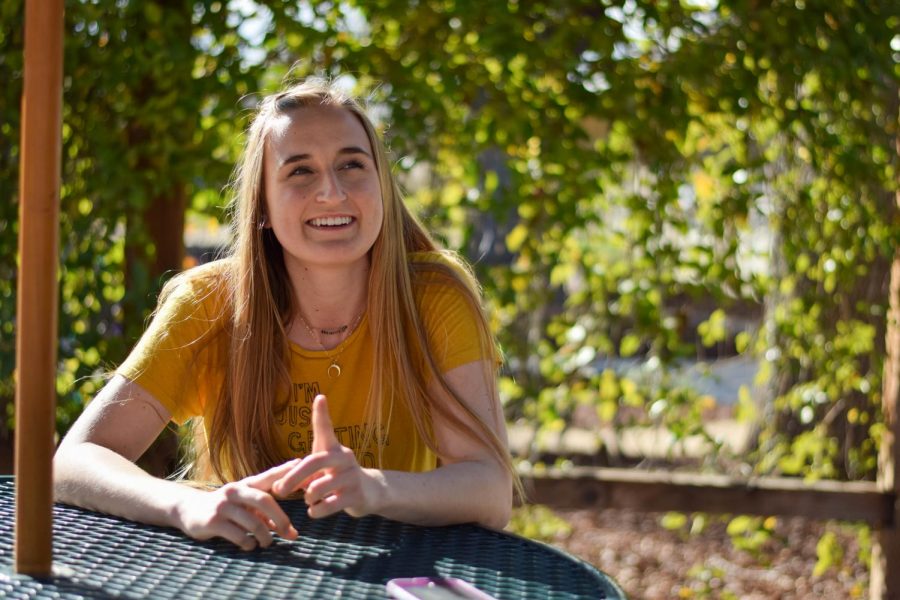



![“My slogan is ‘slow feet, don’t eat, and I’m hungry.’ You need to run fast to get where you are–you aren't going to get those championships if you aren't fast,” Angel Cervantes (12) said. “I want to do well in school on my tests and in track and win championships for my team. I live by that, [and] I can do that anywhere: in the classroom or on the field.”](https://harkeraquila.com/wp-content/uploads/2018/06/DSC5146-900x601.jpg)
![“[Volleyball has] taught me how to fall correctly, and another thing it taught is that you don’t have to be the best at something to be good at it. If you just hit the ball in a smart way, then it still scores points and you’re good at it. You could be a background player and still make a much bigger impact on the team than you would think,” Anya Gert (’20) said.](https://harkeraquila.com/wp-content/uploads/2020/06/AnnaGert_JinTuan_HoHPhotoEdited-600x900.jpeg)
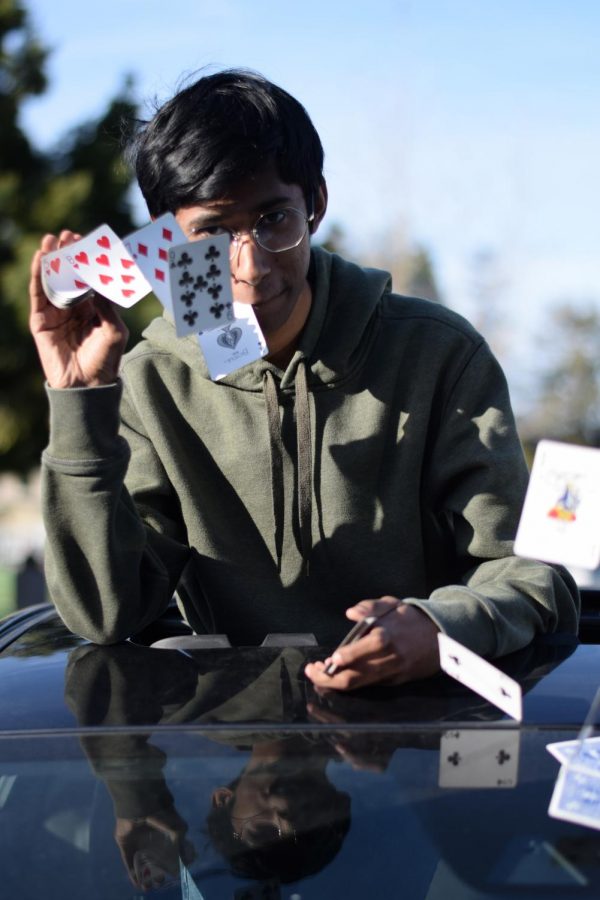
![“I'm not nearly there yet, but [my confidence has] definitely been getting better since I was pretty shy and timid coming into Harker my freshman year. I know that there's a lot of people that are really confident in what they do, and I really admire them. Everyone's so driven and that has really pushed me to kind of try to find my own place in high school and be more confident,” Alyssa Huang (’20) said.](https://harkeraquila.com/wp-content/uploads/2020/06/AlyssaHuang_EmilyChen_HoHPhoto-900x749.jpeg)

